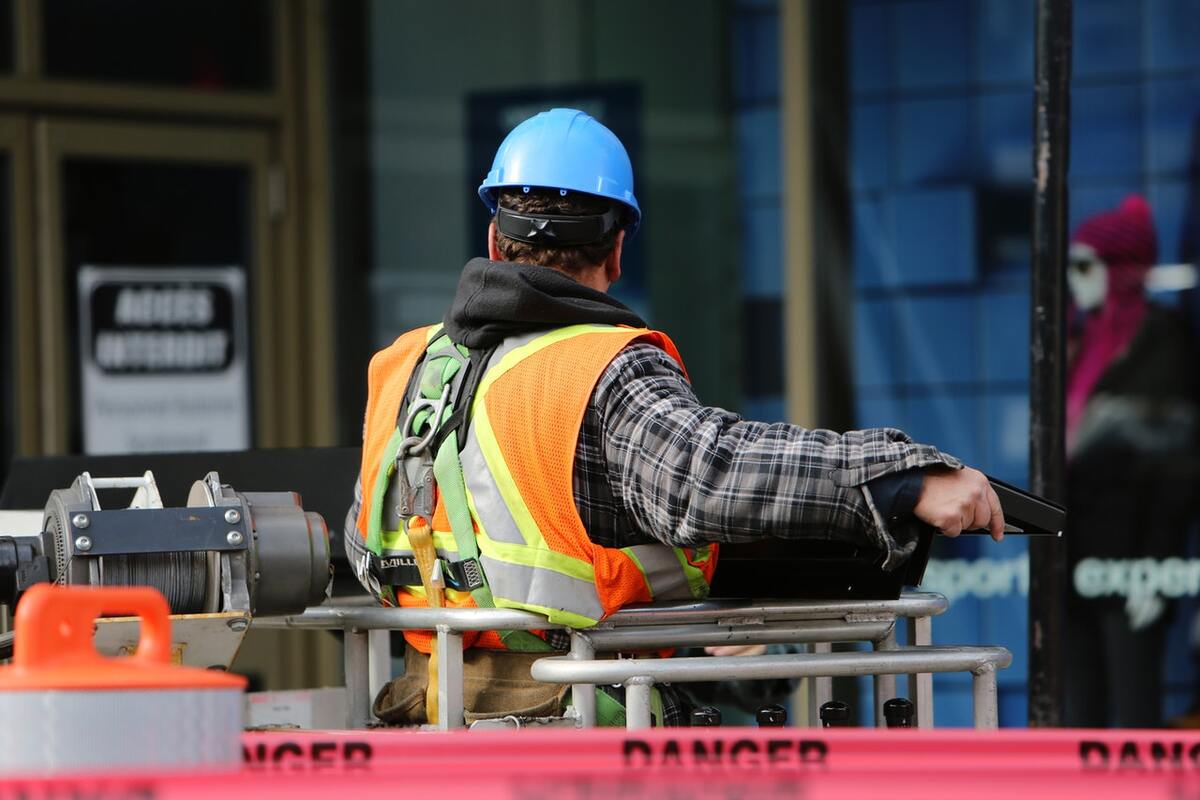Navigating Changing Safety Precautions in the Construction Industry

Nearly all industries have had to adapt amid the COVID-19 pandemic. Not all sectors have had the same experience in adjusting to prevent spreading the virus, though. Heavy industries like construction and manufacturing face a unique challenge concerning new safety precautions.
At the peak of COVID-19 regulations, 42% of the workforce was working from home. That’s a luxury most construction and manufacturing workers don’t have, given the hands-on nature of their work. News of COVID-19 outbreaks at construction sites highlight how difficult it can be to make these workspaces safe.
Despite these challenges, some heavy industry companies have managed to adapt to COVID-19 precautions. Here’s how.
Going Remote Wherever Possible
While not all construction and manufacturing workers can go remote, some can. Office workers can perform most, if not all, of their duties from home, and they should if feasible. Moving these employees away from a facility minimizes the number of people in the building and prevents any cross-department virus transmission.
Employees who have to work on-site can still go remote in some situations. The Centers for Disease Control and Prevention (CDC) recommends that construction companies cancel or postpone in-person meetings, but another solution is to hold these events virtually. Instead of speaking to employees at the worksite, managers can use video conferencing services for trainings, safety briefings or other meetings.
Some managers may be able to use drones or cameras to oversee operations without being physically present. Similarly, these technologies can give investors or clients remote access to their projects.
Reorganizing Workspaces to Minimize Contact
When employees have to be on-site, businesses should enable social distancing as much as possible. Employers can establish specific walkways for workers to follow, so they never come close to someone going the other way. The World Health Organization (WHO) also recommends that all common spaces like entrances and exits should be at least 1 meter apart to avoid crowding.
Wherever possible, workstations should be spaced at least 6 feet apart. If workers need to move around, they should have as much visibility as possible to see if anyone’s nearby. Some facilities have even implemented wearable proximity sensors that beep if someone’s near, helping workers maintain distance.
Scheduling can also help reduce the risk of transmission between employees. If workers stay in the same shift every day, a sick person in one shift won’t infect someone in another. Staggering shifts to rotate different essential employees, like trained equipment operators and laborers, can help maintain necessary machinery and keep project goals in line while preventing workers from being in close proximity.
Increasing Sanitation Practices
While shared surfaces aren’t the primary way the coronavirus spreads, they could still present a risk. Since construction and manufacturing typically involve many high-touch surfaces, this could be a more prominent threat. All worksites should adopt new sanitation practices to prevent this type of spread.
At the end of each shift, workers should clean their workstations thoroughly. Employers should provide them with disinfectants and other cleaning supplies to enable them to do so. Surfaces that demand particular attention include toilets, ladders, heavy machinery and shared tools.
Mask mandates are another strongly recommended practice for every industry. N95 respirators are the most effective method for reducing transmission, but high need in the healthcare industry is still creating shortages across the board. In the meantime, heavy industries can supply filtered masks when workers are not using other respiratory guards for on-the-job safety.
Embracing Automation
Automation can help prevent person-to-person spread, too. If collaborative robots (cobots) occupy the stations between workers, they’ll help maintain social distancing. This method could be particularly helpful for facilities that use assembly lines.
Since 41% of manufacturing executives are worried about COVID-19’s effect on productivity, automation may be an ideal solution. On top of keeping workers separate, robots help maintain efficiency despite a smaller workforce. With enough cobots, facilities could lower the number of people in each shift, further improving safety.
The manufacturing industry has plenty of automated machines at its disposal, but the same still isn’t true of construction companies. Still, construction teams can use some automated tools like drones to keep some workers separate. Automation and robotics are seeing innovations in many sectors and will likely change workplace safety for years to come.
The Importance of Adapting Safety Standards in the Construction Industry
Heavy industries are essential, employing millions of people and providing much-needed services for the rest of the workforce. These businesses must take all the proper precautions, but this isn’t always straightforward. Still, construction and manufacturing companies have proved their resiliency by finding ways to become safer.
Preventing COVID-19 cases in these sectors is a challenge, but it is possible. With careful planning and execution, heavy industries can stay as safe as possible.



